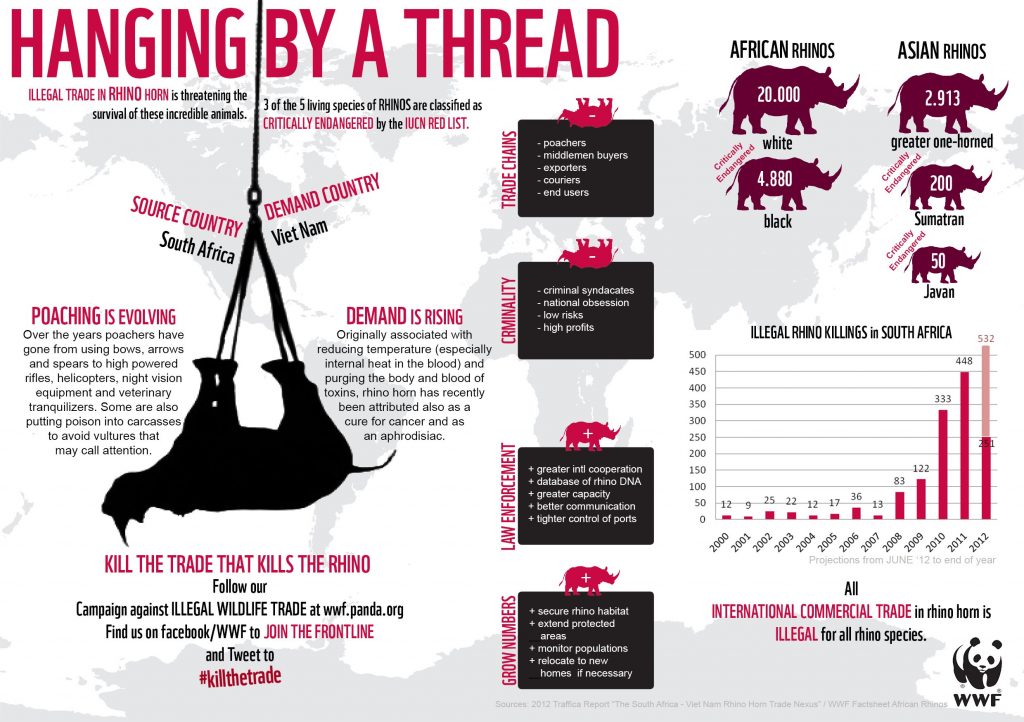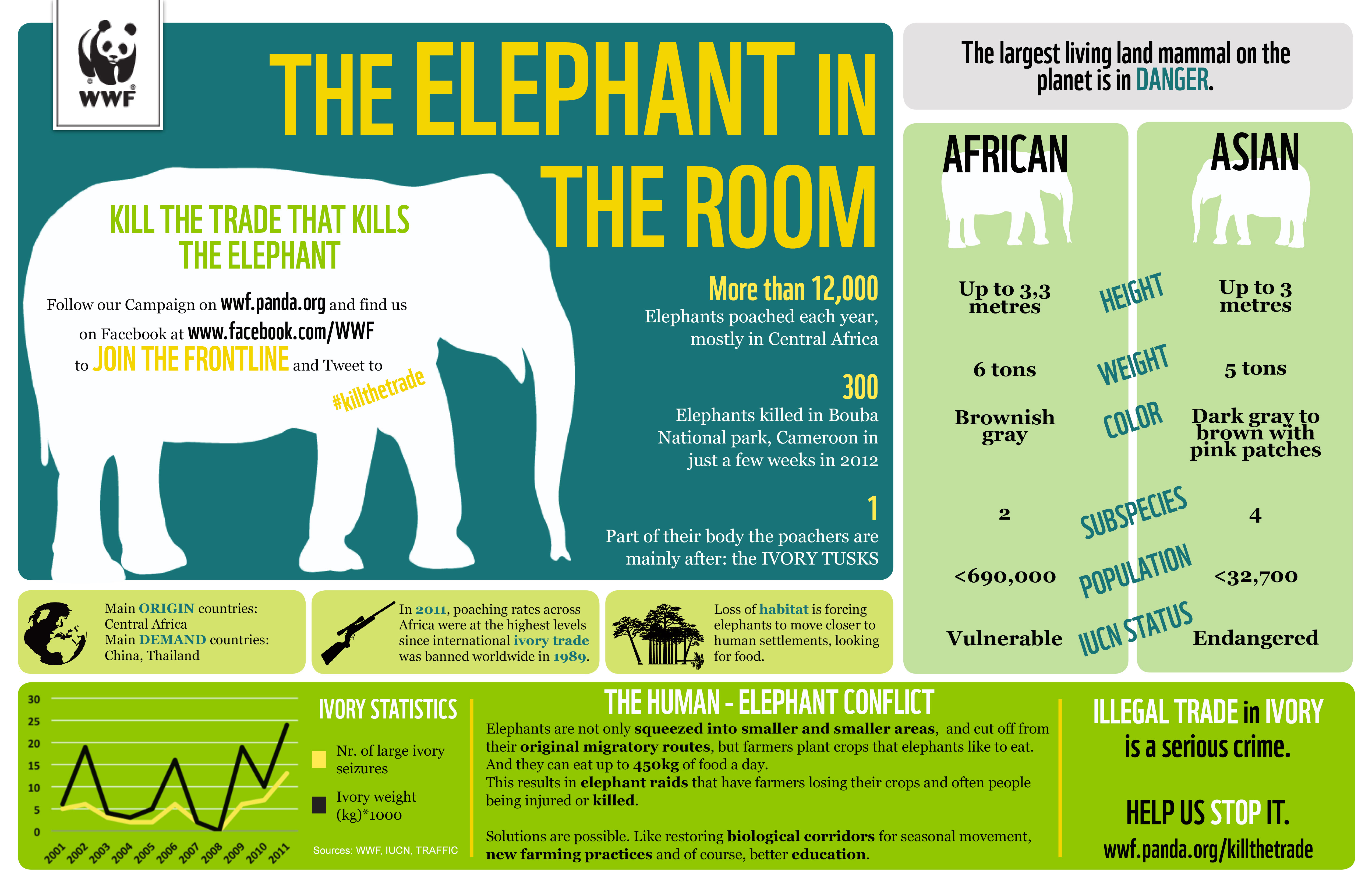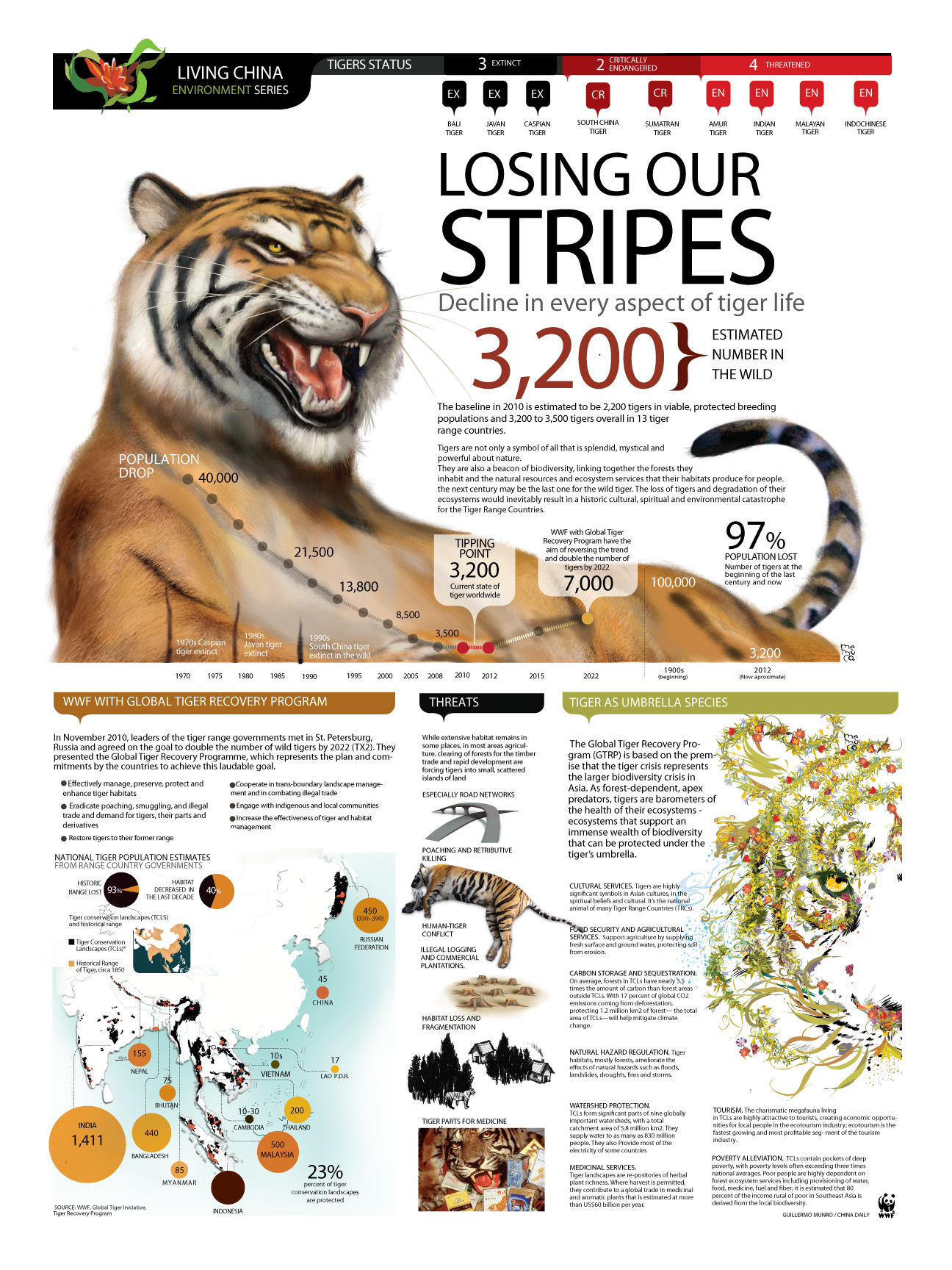Based on the feedback from the first presentation, I further research on the following topic to narrow down the subject focus.
Wildlife consumption/ bushmeat trade
Recently, the outbreak of coronavirus is a big concern to the world. By today, the death toll in Chinese has risen to 811. There are 40 coronavirus cases in Singapore and confirmed infections in China rose to 37,198 by this time.
The outbreak of coronavirus in December 2019 started at Wuhan South China Seafood Wholesale Market. Due to the desire of wildlife consumption in China, there was illegal wildlife trade at the market.
Reason for wildlife hunting and consumption:
1. Reliance on wildlife body parts for making traditional Chinese medicine (TCM)
“TCM uses approximately 1,000 plant and 36 animal species, including the tiger, rhinoceros, black bear, musk deer, and sea horse; the tiger, rhinoceros, and sea horse are endangered.” (britannica).
Pangolin’s scale is help with ailments ranging from lactation difficulties to arthritis in TCM.
“Live bats are sold in Bolivia for purported medicinal uses. Specifically, consuming the bats’ blood is believed to treat epilepsy.”
2. Belief of eating wild animals is beneficial to health
Lack of education for raising conservation awareness and the older generation has a belief that eating wild animals is beneficial to health. As wild animals are hard to capture, and the pricing is high, some people see wildlife consumption as a symbol of prosperity.
Consequence of wildlife consumption:
1. Hunting destroys the ecology, cruelty during trading process
The eight species of pangolin range from Vulnerable to Critically Endangered.
“Four species live in Africa: Black-bellied pangolin (Phataginus tetradactyla), White-bellied pangolin (Phataginus tricuspis), Giant Ground pangolin (Smutsia gigantea) and Temminck’s Ground pangolin (Smutsia temminckii).
The four species found in Asia: Indian pangolin (Manis crassicaudata), Philippine pangolin (Manis culionensis), Sunda pangolin (Manis javanica) and the Chinese pangolin (Manis pentadactyla).
All eight pangolin species are protected under national and international laws, and two are listed as Critic.” (world wild life)
“In West Africa and the Congo Basin, Bushmeat is Now the Leading Threat
to Great Apes and Monkeys” (PASA)
2. Zoonotic transmission ( virus directly transmitted between humans and animals )
“An exotic and endangered animal used illegally in Chinese medicine has been implicated in the spread of coronavirus.” (the times)
According to the Wildlife Conservation Society, “Poorly regulated, live-animal markets mixed with illegal wildlife trade offer a unique opportunity for viruses to spillover from wildlife hosts into the human population.”
Referring to an article(September, 2019), “Viral Metagenomics Revealed Sendai Virus and Coronavirus Infection of Malayan Pangolins”. The current coronavirus has a high possibility that it is originated from pangolins, which bat transmitted the coronavirus to.

The wet market in Wuhan is linked to the outbreak of coronavirus where the pangolin and bat were sold. Therefore, wildlife consumption is a possible reason that leads to the coronavirus outbreak.
Who do you need to communicate to and why?
I would like to target the older generation (40-70), focusing on wildlife consumption and conservation awareness in China. The young in China is not taking a major part of wildlife consumption. They are more educated and have higher conservation awareness while as the older generation still have a strong belief of healing power of wild animals. There is a need to educate the people about the falsehood and raise the conservation awareness in order to protect the ecology as well as human beings.
No Deal, No Kill !
How has visual communication contributed to address the cause?
1.Stop Illegal Wildlife Trade, rhino, elephant and tiger statistics, WWF



These infographics give clear information of the current situation of wildlife trade and insight of statistics. The color scheme and representative figures of the first two poster is very simple, yet good enough to convey the message- kill the trade, stop illegal trade.
References: https://www.researchgate.net/publication/271630252_Wildlife_consumption_and_conservation_awareness_in_China_A_long_way_to_go https://www.thetimes.co.uk/article/coronavirus-endangered-pangolin-could-be-the-missing-link-gsrxb08qw https://www.nationalgeographic.com/animals/2018/12/killing-bats-for-their-blood/ https://www.nationalgeographic.com/animals/mammals/group/pangolins/ https://www.britannica.com/explore/savingearth/chinese-medicine/ https://www.commondreams.org/views/2020/02/04/eating-animals-will-be-death-us https://www.ncbi.nlm.nih.gov/pmc/articles/PMC6893680/ https://www.businessinsider.sg/wuhan-coronavirus-chinese-wet-market-photos-2020-1/ https://www.nationalgeographic.com/animals/2020/01/china-bans-wildlife-trade-after-coronavirus-outbreak/ https://www.nytimes.com/2020/02/09/world/asia/coronavirus-china.html http://awsassets.panda.org/img/original/rhino_infographic.jpg

